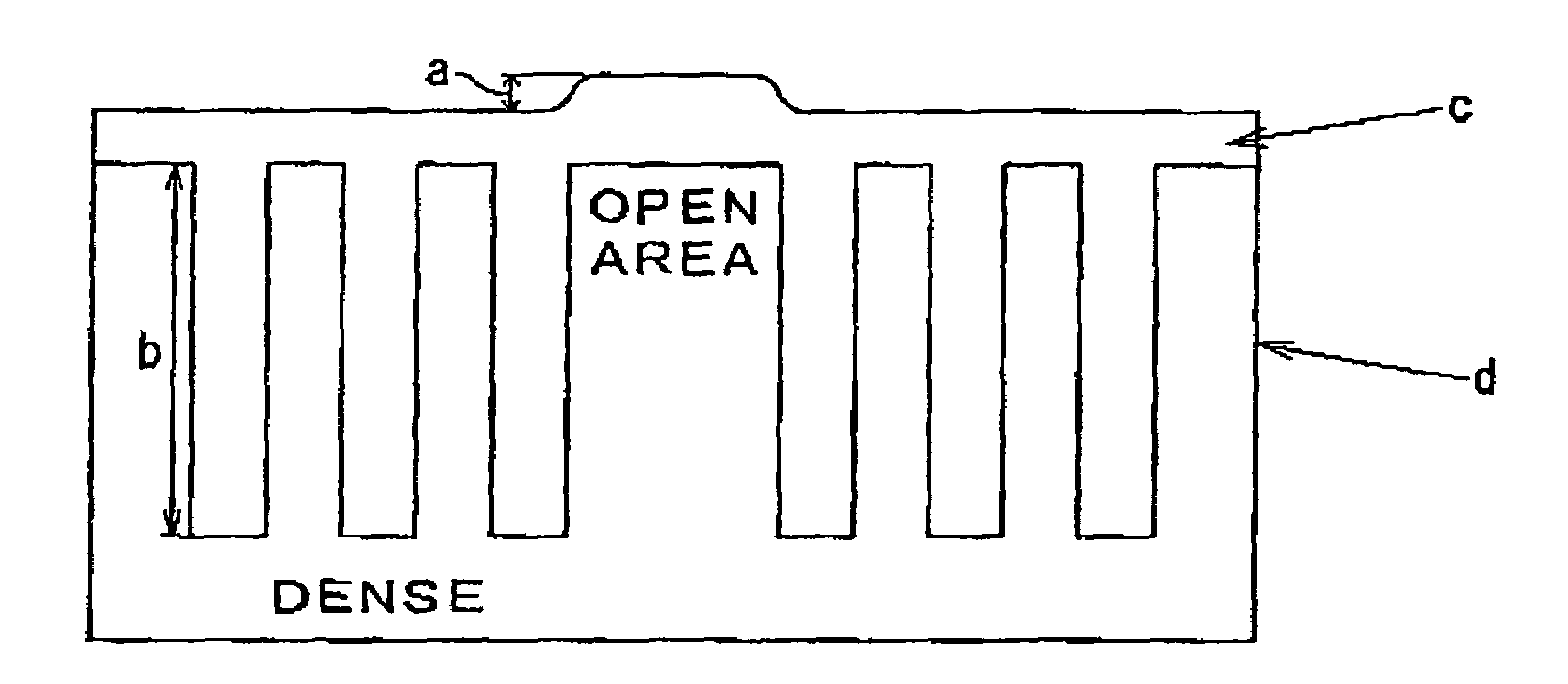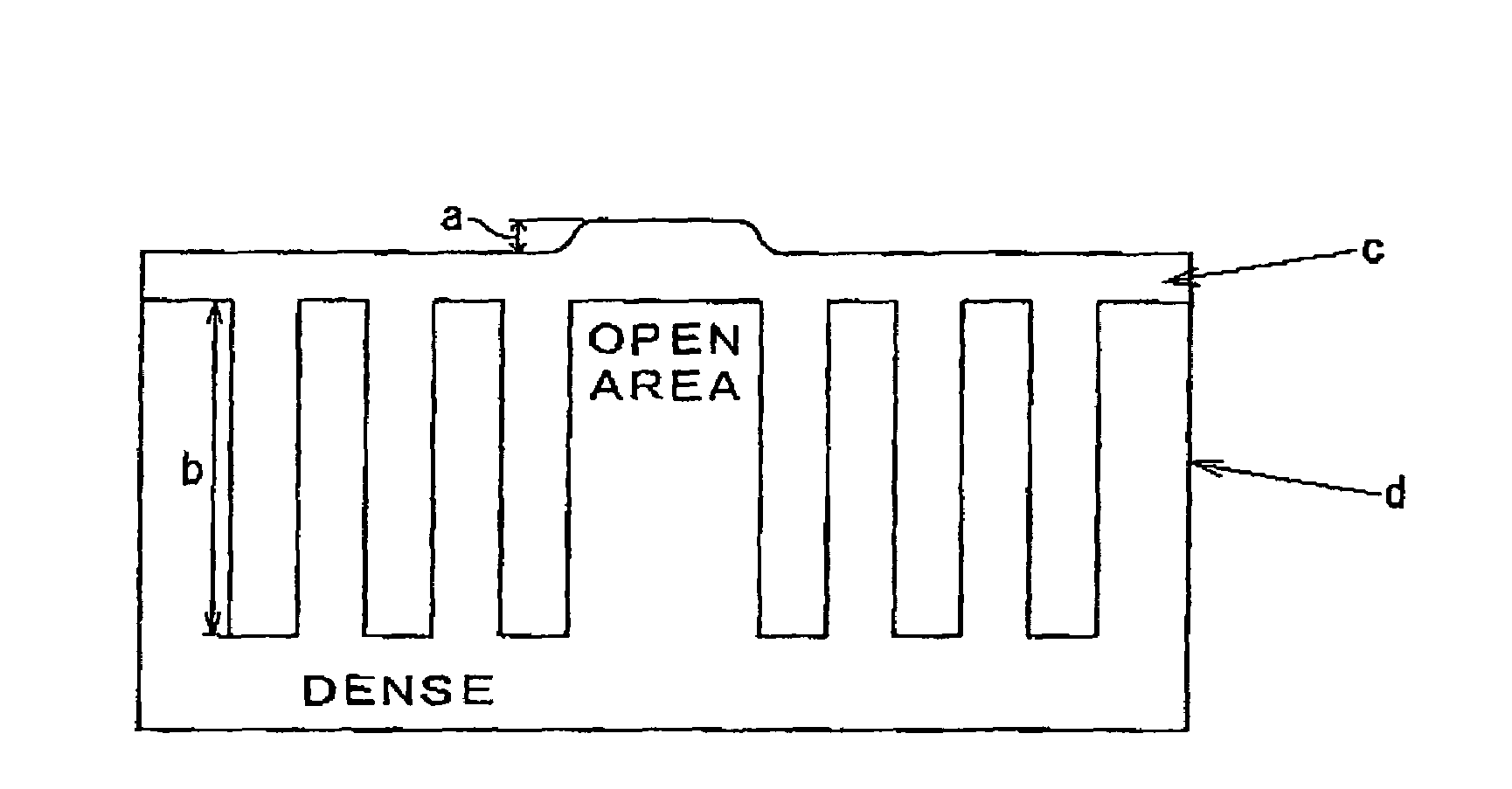Resist underlayer film forming composition containing liquid additive
a technology of liquid additives and resisting underlayers, applied in the field of resisting underlayer film forming compositions, can solve the problems of difficult application of organic materials, large influence of diffuse reflection of activating light rays on the substrate or standing waves, compositions have problems in storage stability, etc., to achieve excellent storage stability, enhance the effect of applied and formed on the substrate, and improve the stability of the composition
- Summary
- Abstract
- Description
- Claims
- Application Information
AI Technical Summary
Benefits of technology
Problems solved by technology
Method used
Image
Examples
synthesis example 1
[0180]In 80.0 g of propylene glycol monomethyl ether acetate, 9.00 g of 1-butoxyethyl methacrylate (manufactured by Honshu Chemical Industry Co., Ltd.), 6.87 g of glycidyl methacrylate, 2.74 g of γ-butyrolactone methacrylate and 4.16 g of methyl acrylate were dissolved and nitrogen was flowed into the resultant solution for 30 minutes, followed by elevating the temperature of the solution to 65° C. While maintaining the reaction solution at 65° C., 0.37 g of azobisisobutyronitrile and 0.37 g of 1-dodecanethiol were added thereto. In a nitrogen atmosphere, the reaction mixture was stirred at 65° C. for 24 hours and 0.1 g of di-tert-butyl-p-cresol was added thereto to thereby obtain a solution of a quarterpolymer (Formula [1-33]). The obtained copolymer was subjected to a GPC analysis and was found to have a number average molecular mass Mn of 5,900, a mass average molecular mass (converted into that of standard polystyrene) Mw of 9,900.
synthesis example 2
[0181]In 80.0 g of propylene glycol monomethyl ether acetate, 9.00 g of 1-butoxyethyl methacrylate (manufactured by Honshu Chemical Industry Co., Ltd.), 7.85 g of glycidyl methacrylate, 2.35 g of γ-butyrolactone methacrylate and 3.19 g of benzyl methacrylate were dissolved and nitrogen was flowed into the resultant solution for 30 minutes, followed by elevating the temperature of the solution to 65° C. While maintaining the reaction solution at 65° C., 0.38 g of azobisisobutyronitrile and 0.38 g of 1-dodecanethiol were added thereto. In a nitrogen atmosphere, the reaction mixture was stirred at 65° C. for 24 hours and 0.1 g of 4-methoxyphenol was added thereto to thereby obtain a solution of a quarterpolymer (Formula [1-34]). The obtained copolymer was subjected to a GPC analysis and was found to have a number average molecular mass Mn of 6,500, a mass average molecular mass (converted into that of standard polystyrene) Mw of 10,000.
example 1
[0182]To 10.0 g of a solution (solid content concentration: 20.0%) containing a copolymer obtained in Synthesis Example 1, 0.10 g of a compound represented by Formula [3-6] (trade name: Denacor 850L; manufactured by Nagase Cumtex Co., Ltd.) as a liquid additive was added and 0.75 g of propylene glycol monomethyl ether acetate and 2.03 g of ethyl lactate as solvents were added to prepare a 14% solution. Thereafter, the solution was filtered using a polyethylene-made microfilter having a pore diameter of 0.05 μm to prepare a solution of a resist underlayer film forming composition.
PUM
| Property | Measurement | Unit |
|---|---|---|
| temperature | aaaaa | aaaaa |
| temperature | aaaaa | aaaaa |
| temperature | aaaaa | aaaaa |
Abstract
Description
Claims
Application Information
 Login to View More
Login to View More - R&D
- Intellectual Property
- Life Sciences
- Materials
- Tech Scout
- Unparalleled Data Quality
- Higher Quality Content
- 60% Fewer Hallucinations
Browse by: Latest US Patents, China's latest patents, Technical Efficacy Thesaurus, Application Domain, Technology Topic, Popular Technical Reports.
© 2025 PatSnap. All rights reserved.Legal|Privacy policy|Modern Slavery Act Transparency Statement|Sitemap|About US| Contact US: help@patsnap.com



